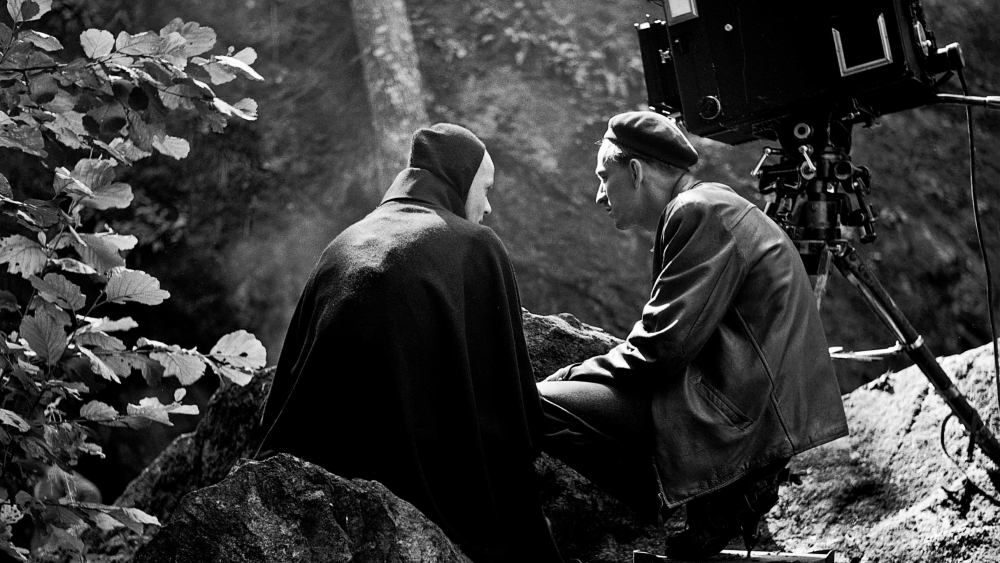We live in a culture which has a seemingly insatiable desire to learn everything possible about the rich and famous. Social media is riven with people demanding and expecting knowledge about their heroes. They often don’t like what they find. Being a film director is a position which brings both great power and implied responsibility. Since the early days of cinema there have been tales of film-makers taking advantage of their leading ladies. Godard married two of his whilst Von Trier and Bertolucci took unacceptable liberties on set. Ingmar Bergman, possibly the greatest director of all time, was undoubtedly guilty of a bit of both.
In Jane Magnusson’s new documentary Bergman: A Year in a Life she casts an inquisitive lens on the Swede and doesn’t shy away from controversial topics. 1957 was arguably the pivotal year in his career. As well as releasing two of his greatest films, Wild Strawberries and The Seventh Seal, the maestro also opened four plays. It was a turning point in many ways, marking the transition from famous film-maker to legendary auteur. Whilst the narrative keeps returning to that focal year, Magnusson’s documentary spans the depth and breadth of his career.
Bergman: A Year in a Life is unusual because it places as much emphasis on the personal as the professional. Bergman was undoubtedly a complex character. Riddled with neuroses and inflicted by periodic self-loathing, his art imitated his life. Whilst his films centred around him, there’s not a whiff of narcissism. More an inability to write outside of certain boundaries. If you’re a cinephile or merely just a fan of his work, Magnusson’s documentary is a must. It adds a lot of colour and detail to what we already know. Using a wealth of previously unseen footage it paints a more holistic picture of a troubled and flawed magician.
Bergman: A Year in a Life is in cinemas from 25 January.














No Comment